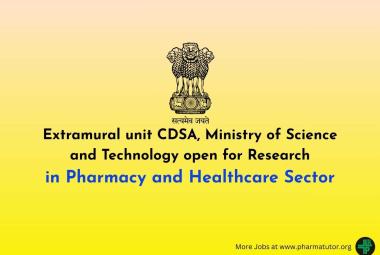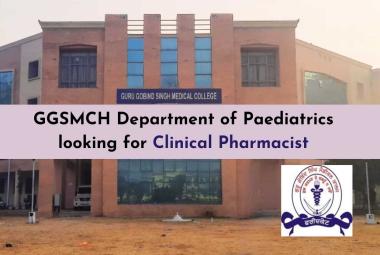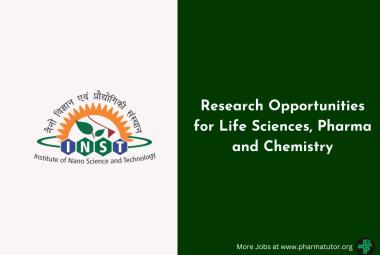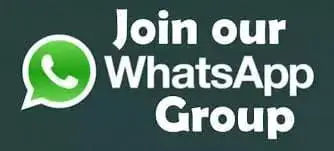Simultaneous Estimation of Aceclofenac and Paracetamol in Synthetic Mixture by Q-Analysis UV Spectrophotometric Method
About Author: Ashish Kumar Verma1, D.Raj. Anand1, Garima A. Tewari2
1. Jubilant Chemsys Limited Noida 201301
2. Babu Banarsi Das University Lucknow
ABSTRACT
Aceclofenac and paracetamol in combination are available as tablet dosage forms in the ratio of 1:5. A simple, reproducible and efficient method for the simultaneous determination of aceclofenac and paracetamol in synthetic mixture was developed. The proposed method is based on the Q-analysis UV Spectrophotometric method. The absorbance maxima of aceclofenac and paracetamol were found to be 275.4 nm and 248 nm, respectively in methanol. In Q-analysis, the isoabsorptive point for both the drugs was found at 266.1 nm. The linearity range lies between 1-35 µg/ml for aceclofenac and 1-15 µg/ml for paracetamol at their respective wavelengths. Both the drugs obey Beer’s law. The recovery studies confirmed the accuracy of the proposed methods.



 About Authors:
About Authors: About Author:
About Author: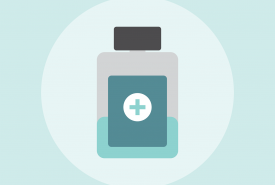
 About Author:
About Author: